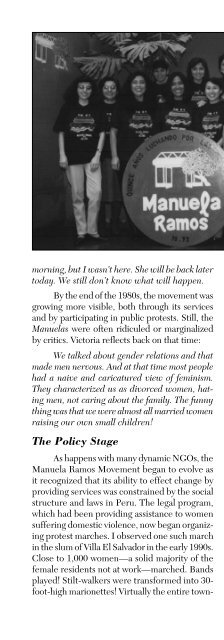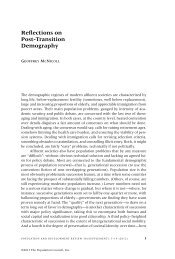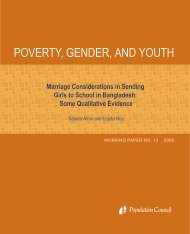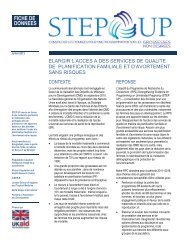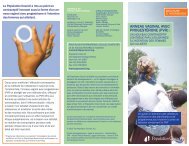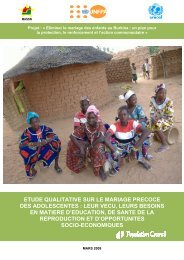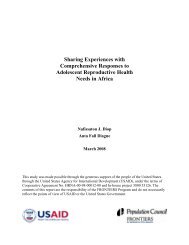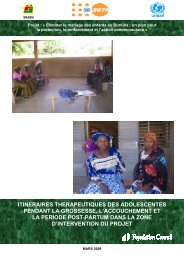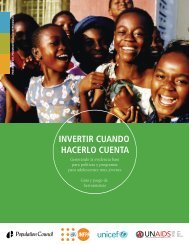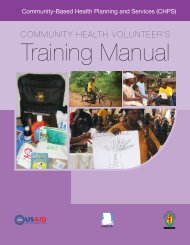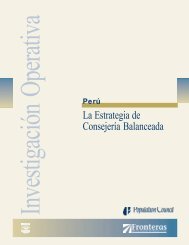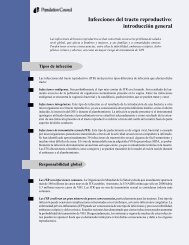QCQ# 10 Alone You are Nobody, Together We Float: The Manuela ...
QCQ# 10 Alone You are Nobody, Together We Float: The Manuela ...
QCQ# 10 Alone You are Nobody, Together We Float: The Manuela ...
Create successful ePaper yourself
Turn your PDF publications into a flip-book with our unique Google optimized e-Paper software.
morning, but I wasn’t here. She will be back later<br />
today. <strong>We</strong> still don’t know what will happen.<br />
By the end of the 1980s, the movement was<br />
growing more visible, both through its services<br />
and by participating in public protests. Still, the<br />
<strong>Manuela</strong>s were often ridiculed or marginalized<br />
by critics. Victoria reflects back on that time:<br />
<strong>We</strong> talked about gender relations and that<br />
made men nervous. And at that time most people<br />
had a naive and caricatured view of feminism.<br />
<strong>The</strong>y characterized us as divorced women, hating<br />
men, not caring about the family. <strong>The</strong> funny<br />
thing was that we were almost all married women<br />
raising our own small children!<br />
<strong>The</strong> Policy Stage<br />
As happens with many dynamic NGOs, the<br />
<strong>Manuela</strong> Ramos Movement began to evolve as<br />
it recognized that its ability to effect change by<br />
providing services was constrained by the social<br />
structure and laws in Peru. <strong>The</strong> legal program,<br />
which had been providing assistance to women<br />
suffering domestic violence, now began organizing<br />
protest marches. I observed one such march<br />
in the slum of Villa El Salvador in the early 1990s.<br />
Close to 1,000 women—a solid majority of the<br />
female residents not at work—marched. Bands<br />
played! Stilt-walkers were transformed into 30foot-high<br />
marionettes! Virtually the entire town-<br />
ship was either in the march or watching it.<br />
Surely, there wasn’t a household in Villa El Salvador<br />
that lacked for conversation that evening.<br />
Subsequently, the legal program began working<br />
with judges and the police and helped promote<br />
legislation to expand women’s legal protection<br />
and recourse against physical and sexual abuse.<br />
Soon the health program was moving along<br />
a similar trajectory. Susi Chavez, the midwife<br />
who ran the <strong>Manuela</strong>s’ clinics both in Pamplona<br />
Alta and at their urban headquarters, recalls this<br />
stage vividly. One day, a new invasion had appe<strong>are</strong>d<br />
in the Pamplona Alta <strong>are</strong>a. Word came<br />
to Susi that one of the squatters, a woman, was<br />
feverish and bleeding vaginally. App<strong>are</strong>ntly, the<br />
woman had just had an illegal abortion but refused<br />
to give up the little plot upon which she<br />
was squatting for fear of losing it. Eventually,<br />
with Susi’s support, the woman got antibiotics<br />
and was able to seek further medical help.<br />
As the <strong>Manuela</strong>s met woman after woman<br />
seeking abortions, they became leading advocates<br />
for increased aw<strong>are</strong>ness of abortion as a<br />
public health problem in Peru. Abortion is illegal<br />
in Peru in all instances, except when the<br />
mother’s life is proven to be in danger. Police<br />
have sometimes been posted at emergency<br />
wards to ensure that physicians report all women<br />
with suspicious miscarriages. Because the<br />
<strong>Manuela</strong>s had always worked openly and within<br />
7


